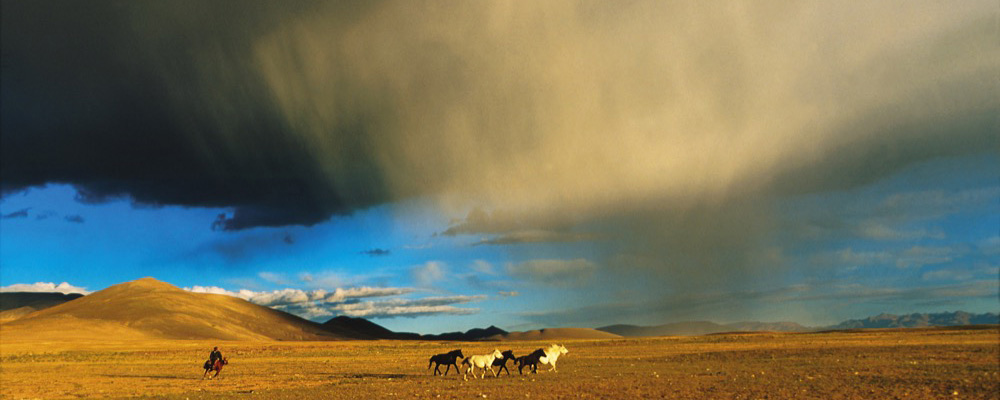
What was your new life like when you became a disciple?
Kangyur Rinpoche taught me various practices: meditations, visualizations, reflection exercises on eternity, death, the value of life. He advised me to learn Tibetan. I first focused on the exercises and then on the language. I stayed with him until his death. My second teacher, Dilgo Khyentse Rinpoche, had lived in isolation for thirty years before dispensing his teaching, whether to 5 people or 10,000. As I was always with him, I was able to receive formal teaching, through texts, as well as one that emanated from the heart.
Buddhism is a training of the mind. Can you explain it?
It is about abolishing the origin of suffering. What is the point of teaching if it doesn’t bring relief? A lot of suffering is “mind made”, created in the head, in our thoughts. In meditation, we learn to recognize the feelings that cause it, such as anger, pride or jealousy, to distance ourselves and dissolve them. It’s not about believing in anything. This obviously requires a certain confidence in the teacher, as in any other school, but step by step we can see progress. I am happy to have spent a few years in scientific research since, for me, science is a rigorously honest approach to the truth. It runs along a similar path, to stop deluding ourselves. In Buddhism, the field of research is not planes or birds but the mind, happiness and suffering, ignorance and confusion. As such, I never felt I was betraying my scientific background.
Suffering is a consequence of ignorance, you write in
The Monk and the Philosopher,
a dialogue with your father on Buddhism and the West. And not knowing is basically clinging to one’s self. Why is that a source of suffering?
I wake up, I’m alive, I’m hungry. My story, my person – everything I remember – continues. We are sentient beings, not vegetables. But from a Buddhist point of view, this becomes problematic when we begin to believe that there is a central core, an autonomous unit that always remains the same. The ego does not reside anywhere in particular, be it the brain, the heart or the body – neurology shows this as clearly as Buddhism. The river Rhine is a phenomenon to which we give a name; the Rhine is not the Mississippi. But in both rivers, the flowing water is different from the one that flowed a moment before. Likewise, the human being is a kind of evolving continuum. The flow of our consciousness is different from that of another human being, our body is different, so we give it a name. But nowhere is there a permanent core.
Why does it matter whether I see myself as a stream of consciousness or as a solid core?
We want to protect this core, this so-called self, from everything that rejects it, hurts it, threatens it. We want to please it. It is a mental construct used to simplify relations with the world, which can be good. But it leads to “me” and “mine”, to an excessive separation from others which causes suffering. The greater the ego, the more vulnerable one is. The Dalai Lama is not affected by praise or criticism, success and failure do not overwhelm him or threaten his self-assurance; he is in peace. A person grows stronger as the ego becomes more transparent. On the other end, we have President Trump who behaves like a little child, not like a wise man, and sows suffering everywhere. His “super-ego” is extremely vulnerable; we see it in the violent way he reacts to ideas or people he doesn’t agree with, evaluating everything by his standards.
Extracted from an interview by Anja Jardine for Neue Zürcher Zeitung